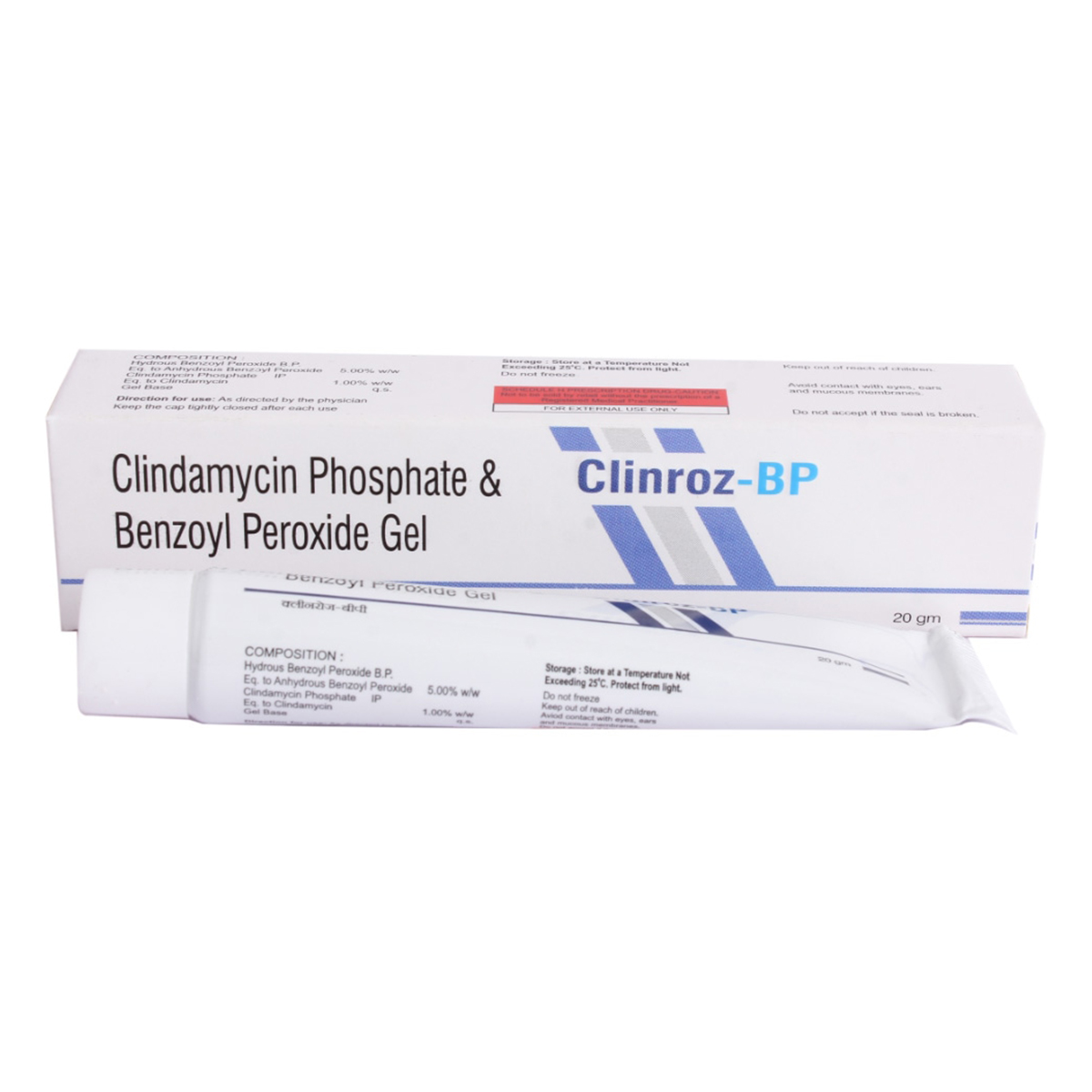Clindoxyl Gel
MRP ₹494
(Inclusive of all Taxes)
₹74.1 Cashback (15%)
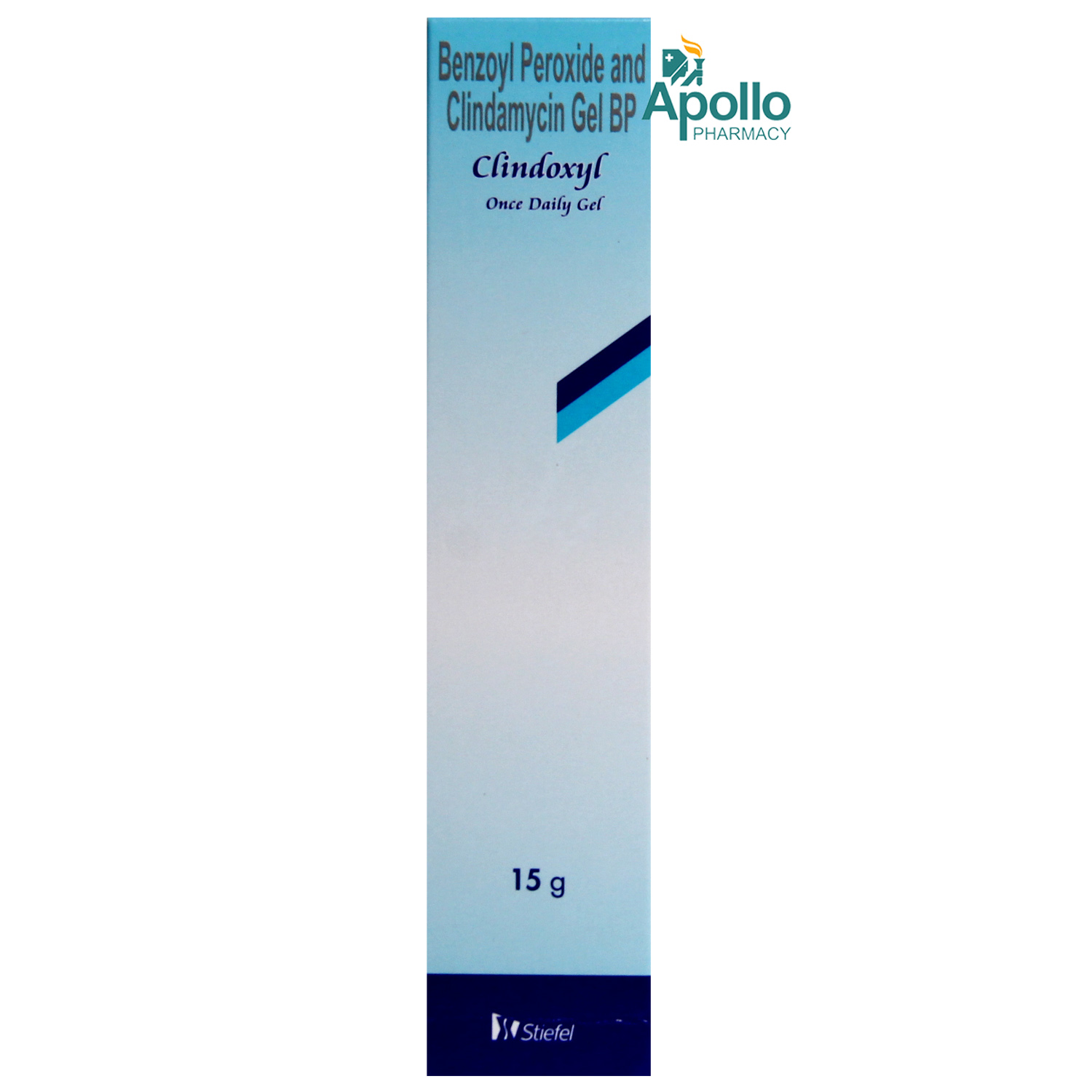
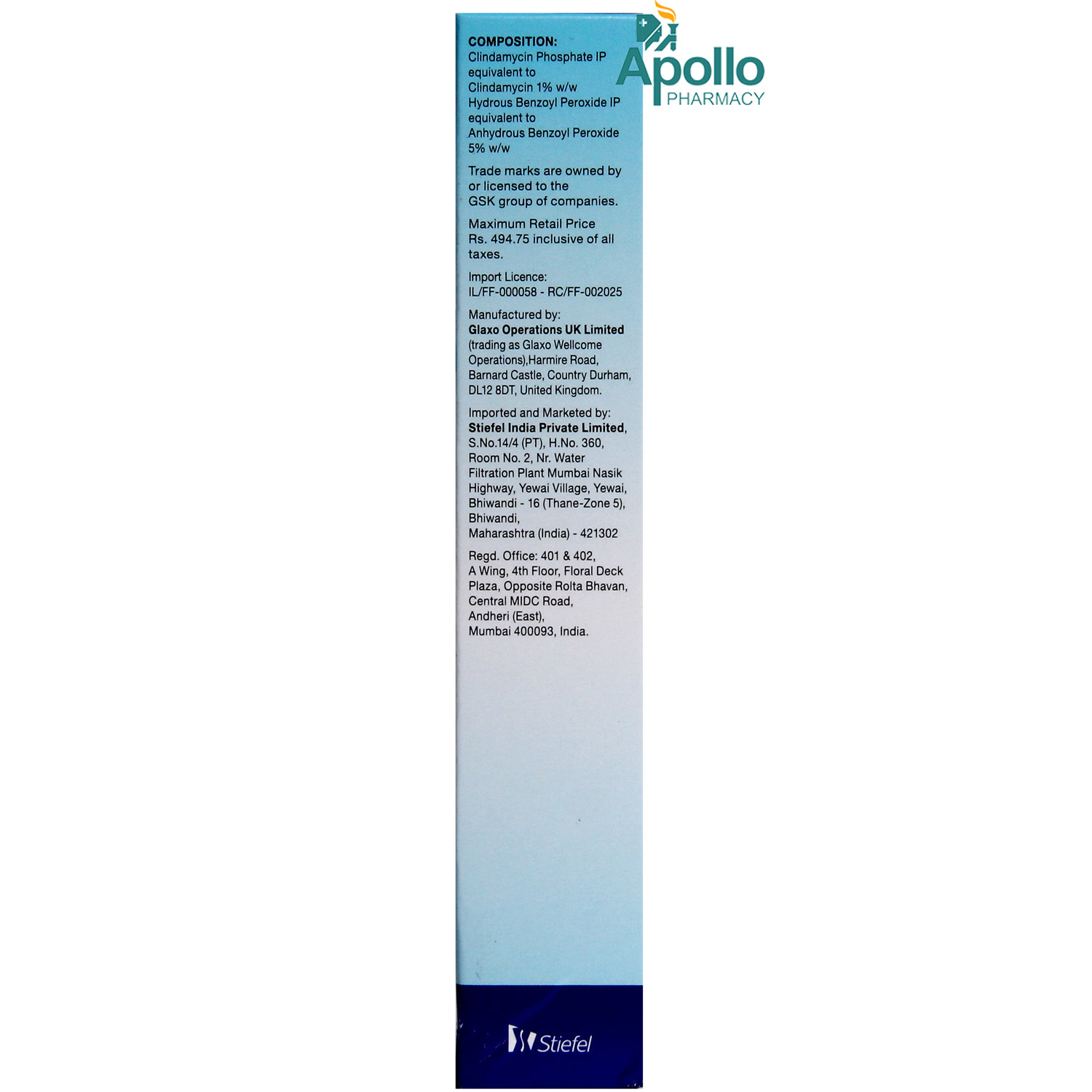
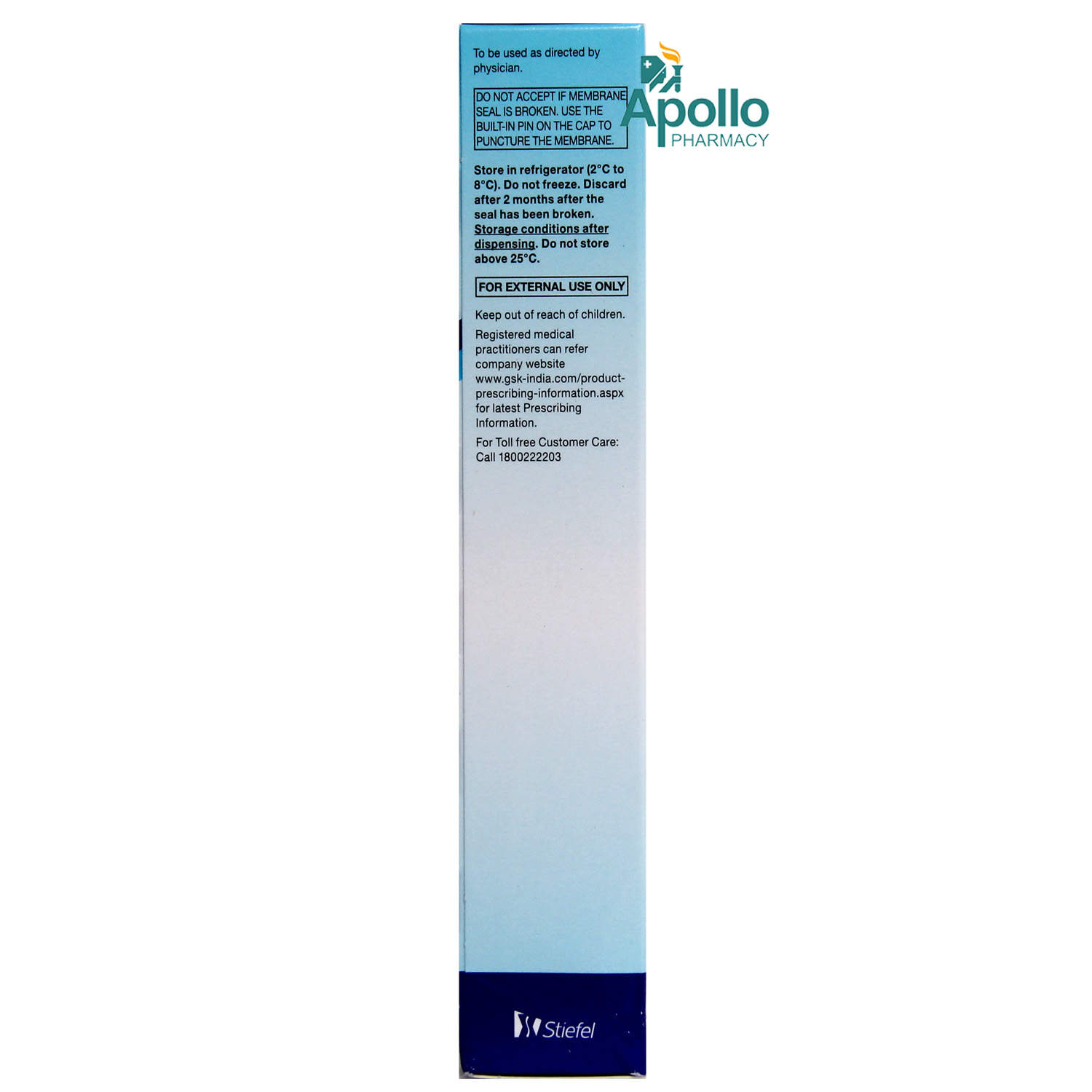
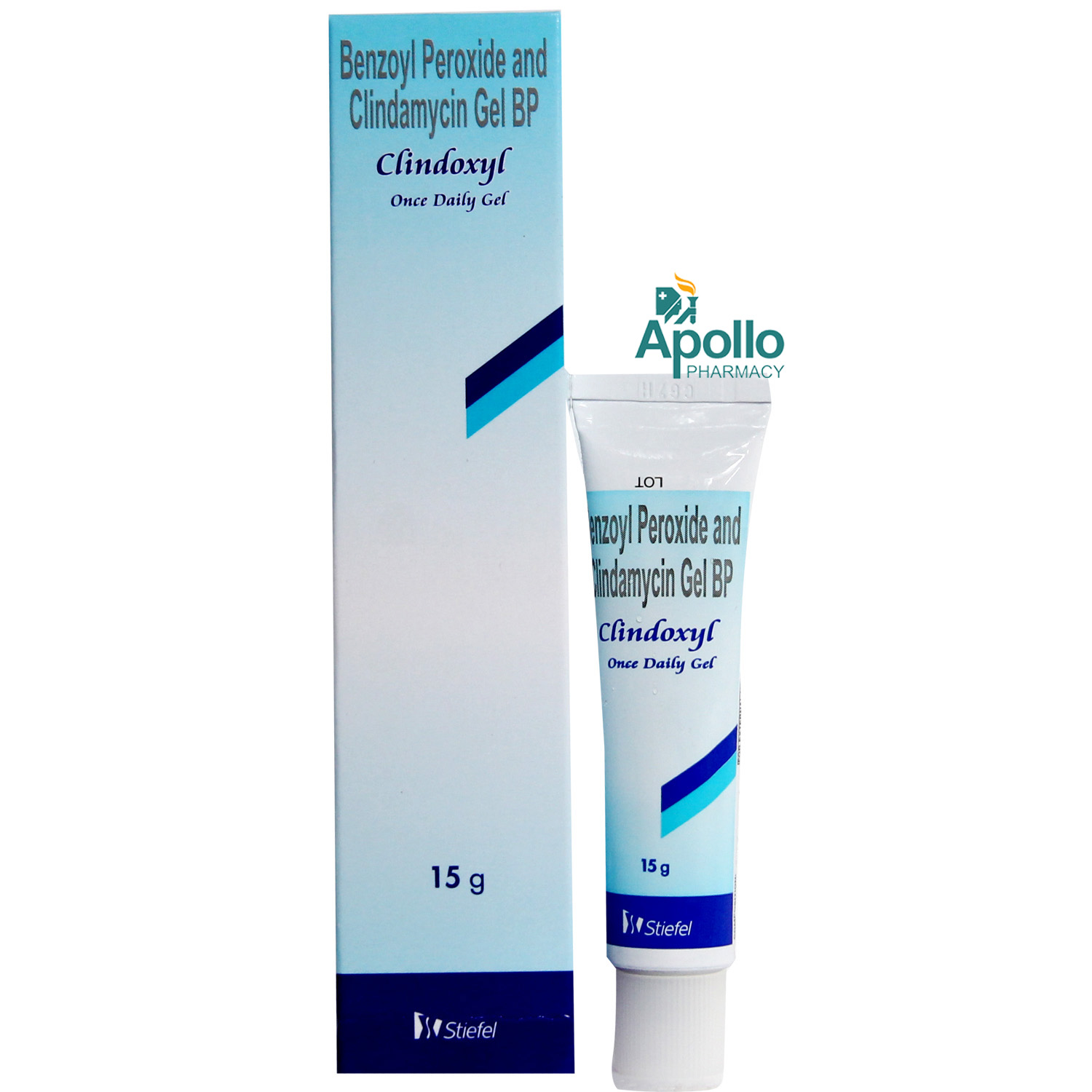
Available Offers
Therapeutic Class
Author Details
We provide you with authentic, trustworthy and relevant information
Drug-Drug Interactions Checker List
- ISOTRETINOIN
- BEXAROTENE
- ADAPALENE
- TRIFAROTENE
- ATRACURIUM
- CISATRACURIUM
- DOXACURIUM
- PANCURONIUM
- ROCURONIUM
- RAPACURONIUM
- VECURONIUM
- PIPECURONIUM
- MIVACURIUM
- METOCURINE
- TUBOCURARINE
- SUCCINYLCHOLINE
- DAPSONE
Drug-Drug Interactions
Drug-Drug Interactions
Login/Sign Up
Drug-Food Interactions
Drug-Food Interactions
Login/Sign Up
Drug-Diseases Interactions
Drug-Diseases Interactions
Login/Sign Up
Keep Refrigerated. Do not freeze.Prepaid payment required.
Drug Warnings
If you are known to be allergic to Clindoxyl Gel or any other medicines, please tell your doctor. Do not apply Clindoxyl Gel to cuts, open wounds, broken, sunburnt, or sensitive skin areas. Do not swallow Clindoxyl Gel. In case of accidental swallowing, please consult a doctor. Avoid contact of Clindoxyl Gel with nose, ears, mouth, or eyes. In case Clindoxyl Gel comes in contact with these areas accidentally, rinse with warm water thoroughly. Avoid sun exposure while using Clindoxyl Gel as it may make the skin more sensitive to sunlight and cause sunburn. Wear protective clothing and use sunscreen while going out to protect your skin from sunburn. If you are pregnant or breastfeeding, please inform your doctor before taking Clindoxyl Gel. You are recommended not to use Clindoxyl Gel for more than 12 weeks at once. Do not apply Clindoxyl Gel in large amounts or use for a long time than prescribed as it does not give quick or better results but increases the risk of side effects such as redness, irritation, skin peeling, or discomfort. If you have intestine problems, ulcerative colitis (inflammation and sores in the digestive tract), or if you ever had severe diarrhoea caused by any antibiotic medicine, please inform your doctor before taking Clindoxyl Gel.
Side Effects of Clindoxyl Gel
- Dry skin
- Skin peeling
- Skin itching
- Skin redness
- Pain or burning sensation of the skin
Directions for Use
Medicinal Benefits Mweb
Medicinal Benefits
Clindoxyl Gel is a combination of two drugs: Clindamycin and Benzoyl peroxide used to treat acne (pimples). Clindamycin is a broad-spectrum antibiotic that acts against both aerobic (grow in the presence of oxygen) and anaerobic (grow in the absence of oxygen) gram-negative and gram-positive bacteria. The acne-causing bacteria feeds on sebum produced by sebaceous (oil) glands in the skin and produce fatty acids and waste products that irritate oil glands, causing redness and swelling. Clindamycin inhibits the production of essential proteins necessary for bacteria to grow, multiply and increase in numbers. Thereby, stops or slows down the growth of bacteria and clears acne. Benzoyl peroxide is a keratolytic agent that breaks down a protein known as keratin (that forms part of skin structure) and removes dead skin cells and softens skin. Thereby, helps in reducing blackheads and whiteheads. Additionally, Benzoyl peroxide possesses antibacterial properties and kills bacteria that causes acne and reduces inflamed acne spots.
Uses of Clindoxyl Gel
About Clindoxyl Gel
Clindoxyl Gel belongs to the class of dermatological preparations called ‘antiacne’ used to treat acne (pimples) and kill bacteria, causing acne. Acne is a common skin condition and occurs when hair follicles are blocked with dead skin cells and oil. The acne-causing bacteria feeds on sebum (natural oil produced by skin) causing redness and swelling.
Clindoxyl Gel is a combination of two drugs: Clindamycin (antibiotic) and Benzoyl peroxide (keratolytic agent). Clindamycin belongs to the class of antibiotics that inhibits the production of essential proteins that are necessary for bacteria to grow, multiply and increase in numbers. Thereby, stops or slows down the growth of bacteria and clears acne. Benzoyl peroxide is a keratolytic agent that breaks down a protein known as keratin (that forms part of skin structure) and removes dead skin cells and softens skin. Thereby, helps in reducing blackheads and whiteheads. Additionally, Benzoyl peroxide possesses antibacterial properties and kills bacteria that cause acne, and reduces inflamed acne spots.
Use Clindoxyl Gel as prescribed. Clindoxyl Gel is only for external use. Avoid contact of Clindoxyl Gel with nose, ears, mouth, or eyes. In case Clindoxyl Gel comes in contact with these areas accidentally, rinse with warm water thoroughly. Your doctor will advise you how often you take Clindoxyl Gel based on your medical condition. In some cases, you may experience skin peeling, dry skin, pain, redness, itching, or burning sensation at the site of application. Most of these side effects of Clindoxyl Gel do not require medical attention and gradually resolve over time. However, if the side effects persist or worsen, please consult your doctor.
If you are known to be allergic to Clindoxyl Gel or any other medicines, please tell your doctor. Do not apply Clindoxyl Gel to cuts, open wounds, broken, sunburnt, or sensitive skin areas. Avoid sun exposure while using Clindoxyl Gel as it may make the skin more sensitive to sunlight and cause sunburn. Wear protective clothing and use sunscreen while going out to protect your skin from sunburn. If you are pregnant or breastfeeding, please inform your doctor before taking Clindoxyl Gel. Do not apply Clindoxyl Gel in large amounts or use for a long time than prescribed as it does not give quick or better results but increases the risk of side effects such as redness, irritation, skin peeling, or discomfort. If you have intestine problems, ulcerative colitis (inflammation and sores in the digestive tract), or if you ever had severe diarrhoea caused by any antibiotic medicine, please inform your doctor before taking Clindoxyl Gel.
Online payment accepted
know your delivery time
Provide Delivery Location
Author Details
We provide you with authentic, trustworthy and relevant information
Therapeutic Class
All Substitutes & Brand Comparisons
RX
Acnegel-B Gel 30 gm
West Coast Pharmaceuticals Pvt Ltd
₹182
(₹5.46 per unit)
81% CHEAPERRX
Out of StockAlesa Gel
Integrace Pvt Ltd
₹11.16
(₹10.04/ 1gm)
66% CHEAPERRX
Clinroz-BP Gel 20 gm
Rockmed Pharma Pvt Ltd
₹314
(₹14.13/ 1gm)
52% CHEAPER
- Apply a cool, damp washcloth to the affected area for 10-15 minutes several times a day to reduce inflammation and discomfort.
- Soak in a lukewarm bath with colloidal oatmeal to soothe irritated skin.
- Apply pure aloe vera gel to the affected area for its cooling and soothing properties.
- Use a gentle, fragrance-free moisturizer to keep the skin hydrated and prevent further irritation.
- Wear loose, breathable clothing made from natural fibers to minimize friction on the affected area.
- Moisturize frequently with thick, broad-spectrum moisturizers containing sunscreen.
- Use warm water for short baths, and gentle cleansers.
- Pat dry and apply moisturizer immediately.
- Use a humidifier to add moisture to the air, and choose breathable fabrics like cotton and silk.
- Wash clothes with fragrance-free detergents to minimize irritation.
- Report the itching to your doctor immediately; they may need to change your medication or dosage.
- Use a cool, damp cloth on the itchy area to help soothe and calm the skin, reducing itching and inflammation.
- Keep your skin hydrated and healthy with gentle, fragrance-free moisturizers.
- Try not to scratch, as this can worsen the itching and irritate your skin.
- If your doctor prescribes, you can take oral medications or apply topical creams or ointments to help relieve itching.
- Track your itching symptoms and follow your doctor's guidance to adjust your treatment plan if needed. If the itching persists, consult your doctor for further advice.
- Immediately stop using the medicine suspected to be making your skin sensitive and consult your doctor or dermatologist for proper diagnosis and treatment.
- Avoid substances like harsh soaps, fragrances, or dyes that trigger sensitivity.
- Exercise regularly to boost circulation and reduce stress.
- Minimize exposure to bright lights, extreme temperatures, rough textures, and crowds.
- Eat a balanced diet to support nerve health.
- Schedule follow-up appointments to track treatment progress and make adjustments if needed.

Have a query?
Verified Buyers Reviews
Side Effects
- Peeling/flaking of the skin
- Redness At Application Site
- Dryness
- Itching
- Allergic Reaction To Contact With A Substance
If any of the above side effects continue or intensify, seek medical advice. Professional guidance may be necessary for appropriate care and treatment adjustments.
Buy best Personal Care products by
FACE CARE
BODY CARE
SHAMPOOS
PERSONAL HYGIENE
TOOTH PASTE & POWDER
HAIR OILS
SEXUAL WELLNESS
SHAVING & HAIR REMOVAL
HAND & FEET CARE
BODY SPRAY & DEODORANTS
TOOTH BRUSH & ACCESSORIES
HAIR COLOURS
HAIR SERUMS
CONDITIONERS
LIP CARE
PERFUME & FRAGRANCES
BEAUTY & COSMETICS
PERFORMANCE ENHANCERS & ACCESSORIES
MOUTH WASH
INTIMATE CARE
HAIR WAX & GELS
HAIR LOTIONS & TONICS
HAIR MASKS
EYE CARE
ROLL ON & DEO STICS
MOUTH & BREATH FRESHNERS
TOOLS & ACCESSORIES
HAIR SPRAYS
BEARD CARE
MEDICATED ORAL CARE
ANTIPRURITIC & SOOTHING PREPARATIONS
Hindustan Unilever Ltd
Procter & Gamble Hygiene And Health Care Ltd
Loreal India Pvt Ltd
The Himalaya Drug Company
Apollo Healthco Limited
Reckitt Benckiser India Ltd
Marico Ltd
Colgate-Palmolive (India) Ltd
Nivea India Pvt Ltd
Godrej Consumer Products Ltd
Johnson & Johnson Pvt Ltd
Fixderma India Pvt Ltd
Dabur India Ltd
Glenmark Pharmaceuticals Ltd
Honasa Consumer Pvt Ltd
Bio Veda Action Research Company
Emami Ltd
Vlcc Health Care Ltd
Abbott India Ltd
Mankind Pharma Pvt Ltd
Dr Organic Ltd
Felisha Cosmetics Pvt Ltd
TTK Healthcare Ltd
Galderma India Pvt Ltd
Piramal Enterprises Ltd
Syscom Organic World Pvt Ltd
Cavincare Pvt Ltd
Torrent Pharmaceuticals Ltd
Lotus Herbals Ltd
USV Pvt Ltd
Pep Technologies Pvt Ltd
Itc Ltd
Zydus Healthcare Ltd
Ajanta Pharma Ltd
Dr Reddy's Laboratories Ltd
Wipro Consumer Care
GlaxoSmithKline Consumer Healthcare Ltd
Unicharm India Pvt Ltd
Uprising Science Private Limited
Klm Laboratories Pvt Ltd
Hll Lifecare Ltd
Patanjali Ayurved Limited
Visage Lines Personal Care Pvt Ltd
West Coast Pharmaceuticals Pvt Ltd
White Square
Cipla Health Ltd
Manash Lifestyle Pvt Ltd
RAY IMPEX
Redcliffe Hygiene Pvt Ltd
Sirona Hygiene Pvt Ltd
Nobel Hygiene Pvt Ltd
Sunbeam Mercantile Ventures Pvt Ltd
A. Menarini India Pvt Ltd
Fsn E-Commerce Ventures Pvt Ltd
Palsons Derma Pvt Ltd
Pureplay Skin Sciences (India) Pvt Ltd
Sun Pharmaceutical Industries Ltd
Hegde & Hegde Pharmaceutica Llp
Kai Manufacturing India Pvt Ltd
Alkem Laboratories Ltd
Amwill Healthcare Pvt Ltd
Believe Cosmetics Pvt. Ltd.
Vini Cosmetics Pvt Ltd
Bioderma Laboratories
Icpa Health Products Ltd
Petrol Perfume
Bajaj Consumer Care Ltd
Body Cupid Pvt Ltd
Indoco Remedies Ltd
Ipca Laboratories Ltd
Ethicare Remedies Pvt Ltd
Apple Therapeutics Pvt Ltd
Colorbar Cosmetics Pvt. Ltd
Leeford Healthcare Ltd
Brinton Pharmaceuticals Ltd
Cholayil Pvt Ltd
Khadi Pure Garmodyog
Med Manor Organics Pvt Ltd
RADICO
Vicco Laboratories
Adonis Laboratories Pvt Ltd
Intas Pharmaceuticals Ltd
Kynx International Pvt Ltd
Mark Cosmed India Pvt Ltd
Sri Veda Sattva Pvt Ltd
INDUS COSMECEUTICALS PVT. LTD
Leeford Health Care Ltd
Naos Skincare India Pvt Ltd
Vlado Sky Enterprise Pvt Ltd
Zed Lifestyle Pvt Ltd
Gokul Cosmetics
Helios Lifestyle Pvt Ltd
Midascare Pharmaceuticals Pvt Ltd
Remember India Medicos Pvt Ltd
Riddhi Sidhi Enterprises
Zywie Ventures Pvt Ltd
Ayur Herbals
Baksons Drugs And Pharmaceuticals Pvt. Ltd
Ceuticoz
Chipper Consumer Pvt Ltd
Face Wash
Soap
Face Cream
Tooth Paste
Shampoo
Sun Screen
Body Lotion
Condoms
Body Wash
Face Serum
Sanitary Napkin
Moisturiser
Hair Oil
Face Gel
HERBAL HAIR OIL
Deodorant
HERBAL SHAMPOO
Tooth Brush
Hair Serum
FACE CLEANSER
ADULT DIAPER
MEDICATED SHAMPOO
Hair Color
Conditioner
Lip Balm
Hand Wash
Talcum Powder
Razor
Perfume
Sanitizer
Mouth Wash
Body Spray
Face Scrub
BODY CREAM
Massage Oil
Intimate Wash
Hair Removal Cream
Lubricant Gel
Sheet Mask
Essential Oil
CARTRIDGE
ANTISEPTIC
Period Panty
Face Pack
Face Mask
Foot Cream
Face Toner
Hair Mask
Hair Gel
Hair Lotion
Face Lotion
Hair Cream
Dusting Powder
Menstrual Cup
FACIAL WIPE
HERBAL HAIR COLOR
Panty Liner
Shaving Cream
Body Scrub
Eye Cream
Kajal
Rose Water
Micellar Water
Shaving Foam
Peel off mask
ROLL-ON
BODY GEL
Vibe Ring
Face Bleach
Facial Kit
HAIR SOLUTION
Body Butter
Hair Care Powder
After shave lotion
Cold Cream
ELECTRIC TOOTHBRUSH
FRAGRANCE MIST
Hair Spray
Lubricant Spray
MOUTH FRESHNER
Petroleum Jelly
Stretch Mark Cream
Tongue Cleaner
Eye Serum
Glycerin
BB Cream
Skin Lotion
TOOLS & ACCESSORIES
Tooth Powder
WAX STRIP
DENTAL FLOSS
Hand Cream
Tampon
Beard Oil
Eye Gel
HERBAL CONDITIONER
INTIMATE WIPE
Nail Polish Remover
Shaving Gel
Adult Nail Clipper





